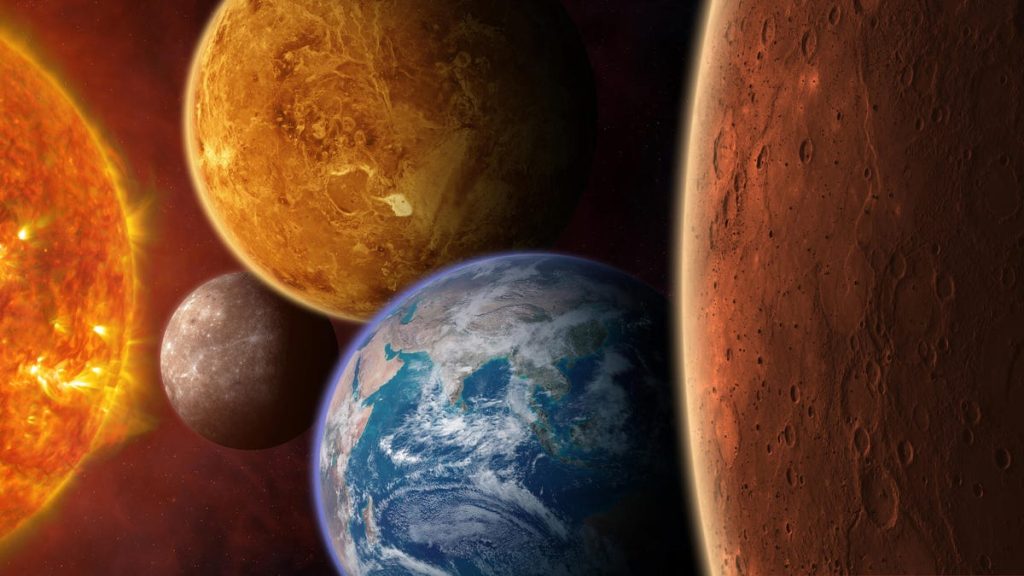In August, stargazers will have another opportunity to witness a planetary alignment, or planet parade, with six planets visible in the sky at the same time. This event is not as rare as some other astronomical phenomena, but in 2024, there have been several notable events, including a total solar eclipse, Aurora Borealis, and the June 3 six-planet parade. The best time to view this upcoming planet parade will be on the morning of August 24, with Saturn, Jupiter, and Mars visible to the naked eye, while Neptune and Uranus will require high-powered binoculars or telescopes. The planets will be spread out in the sky, requiring observers to turn their heads to see all of them.
The planetary parade will be visible in the US, with the best vantage point being in the New York state region on the morning of August 24 between 5:45 a.m. ET and sunrise. Other regions around the world will also have the opportunity to view the parade on specific dates. This will be the third such event in 2024, with the first occurring during the total solar eclipse and the second on June 3, where up to four planets were visible to the naked eye. Uranus and Neptune were also visible with the aid of binoculars or telescopes just before dawn.
Most regions in the US will have the opportunity to see the planetary parade, with all six planets visible for at least a few minutes. Some regions may have a smaller window for viewing, with Mercury appearing just before sunrise. Using tools like Stellarium and Sky Tonight can help determine the visibility of the planets in your location. Jupiter, Mars, and Saturn will be visible with the naked eye, while Neptune and Uranus will require additional equipment. Weather conditions and light pollution can also affect visibility, so finding a dark, clear sky is ideal for viewing.
Planetary alignments, or planet parades, refer to the phenomenon of multiple planets being visible in the night sky at the same time. These events are also known as conjunctions and occur when planets are close together in the sky. There are different classifications for planetary alignments based on the number of planets visible, ranging from mini-alignments with three planets to great alignments with all the planets in the solar system lined up on the same side of the sun. The next upcoming planetary alignments with five or more planets are scheduled for 2025.
Overall, planetary alignments provide stargazers with a unique opportunity to witness multiple planets in the night sky at once. While some planets may be visible to the naked eye, others may require binoculars or telescopes for observation. Observing these events requires clear skies and minimal light pollution for the best viewing experience. As these alignments occur relatively frequently, astronomy enthusiasts can look forward to future opportunities to witness the beauty of our solar system on display in the night sky.


